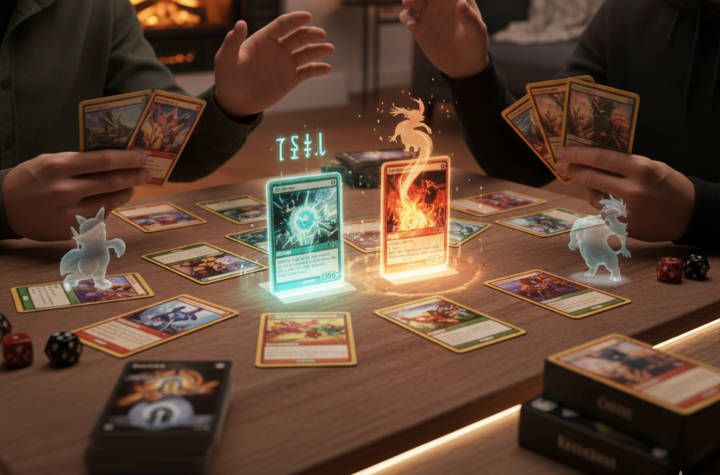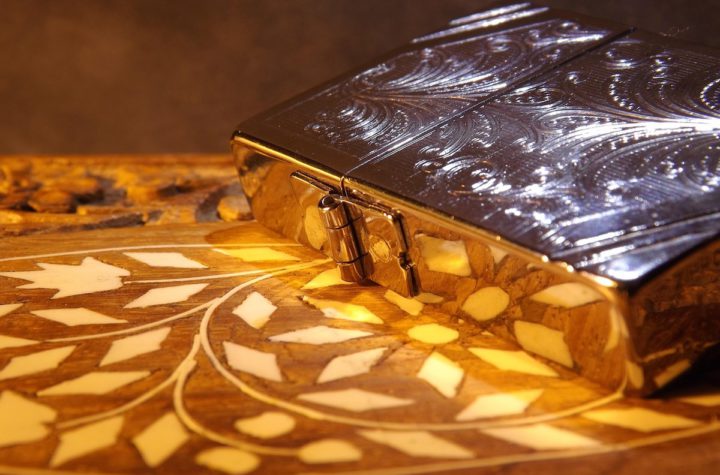
In a world of on-demand entertainment and screen-heavy routines, finding ways to encourage genuine play – across all age groups -has never been more important. Whether it’s children climbing and sliding on outdoor play equipment, teenagers refining their shots with high-quality billiards pool cues, or adults bonding at their local trading card store over deck-building strategy, play continues to prove itself as an essential part of social life, mental stimulation, and physical development. This guide explores how a blend of indoor and outdoor play can enhance well-being, strengthen relationships, and spark creativity for everyone—from toddlers to seniors.
Play isn’t just for kids. While early childhood play is crucial for physical and cognitive growth, older children, teens, and adults benefit just as much from activities that challenge the body, engage the mind, and invite connection. That’s why the most rewarding play environments are those that evolve with age, interest, and lifestyle.

Let’s begin with outdoor play. For younger children, spaces filled with tactile, multi-functional structures are ideal. Climbing frames, swings, slides, and obstacle-style setups promote physical strength, balance, and risk assessment—all wrapped in fun. Good design goes beyond colour and size; great outdoor spaces use age-appropriate equipment, offer soft-fall surfaces, and encourage social interaction. These play areas aren’t just physical outlets—they’re developmental platforms. They teach children how to negotiate, take turns, and explore independence safely.
But outdoor activity doesn’t stop in childhood. For teens and adults, play often shifts toward games of skill, speed, or endurance. Basketball hoops, table tennis tables, and multi-use sports courts cater to this age group with opportunities for both solo skill-building and team competition. In community parks or schoolyards, incorporating fitness trails or calisthenic stations can engage older age groups while maintaining a playful tone.
Now, let’s move inside. Indoor play balances out the weather-dependent nature of outdoor fun and brings with it a different kind of engagement. For younger children, indoor playgrounds filled with imaginative zones and safe soft-play areas provide year-round excitement. These environments still stimulate physical development, but they also promote imagination—castles, shops, and space stations—where kids can role-play and express creativity.
For older audiences, indoor play often means games of strategy, competition, or deep focus. Billiards, for example, is an enduring favourite. It blends skill, patience, and quiet intensity. Whether you’re teaching your teenager to line up a shot or sharing a quiet game with a friend, it’s an activity that rewards attention and improves over time. A dedicated space with a pool table and good lighting can turn into the focal point of a home or venue. And it’s not just about the table—cue quality, cue racks, and maintenance tools all contribute to the experience. Choosing the right gear makes the difference between casual play and a satisfying, repeatable routine.
Another rising star in the indoor play world is tabletop gaming. Trading card games, board games, and RPGs all have one thing in common: they bring people together around shared worlds and competitive challenges. For teens and adults, a local game night can be as exciting as a real sports match. Whether you’re playing a cooperative campaign or entering a tournament, there’s something special about the combination of imagination, logic, and human interaction these games offer.
Families are increasingly creating home spaces designed for play. Game rooms are no longer just for kids—they’re mixed-use fun zones. A shelf filled with board games, a rack of cues, and a comfortable table for deck-building or painting miniatures can provide endless hours of entertainment. These setups help turn off screens and turn on interaction. And best of all, they grow with the family. What starts as a kids’ corner can evolve into a teen hangout or adult retreat.
Schools, community centres, and businesses can also benefit from embracing play. In educational settings, active play is directly linked to improved attention, emotional regulation, and classroom performance. Providing a variety of physical and cognitive play options supports a broader range of learning styles and needs. Similarly, workplaces that create relaxed break areas—with games, puzzles, or even a casual table tennis setup—see improved employee morale and team connection.
When planning a mix of indoor and outdoor play for all ages, diversity is key. Look for activities that combine movement, imagination, and cooperation. Encourage games that cross generational lines, where a grandparent can team up with a child or where teens and adults can connect over a shared challenge. The best play isn’t about age—it’s about engagement.
In today’s fast-paced world, play is often viewed as optional, but its benefits run deep. It’s not only how we unwind but how we grow, bond, and heal. Whether you’re watching a child conquer the monkey bars, sharing a strategy session over a game board, or sinking the final 8-ball after a friendly match, you’re participating in something essential. Play isn’t a luxury – it’s a lifelong need. And by making space for both indoor and outdoor play, we’re not just entertaining ourselves. We’re investing in connection, creativity, and community – one game at a time.





More Stories
Epic Quests in a World of Cards
The Art of Racing Photography
Every Collector Needs a Humidor